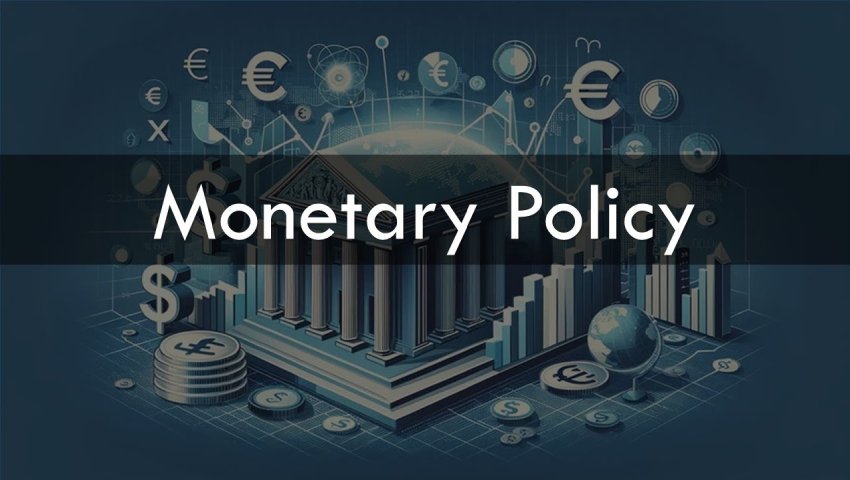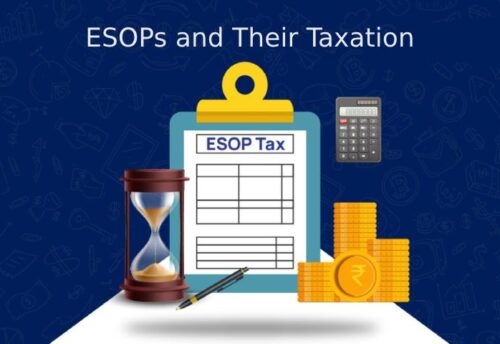
- 25/02/2025
- MyFinanceGyan
- 158 Views
- 4 Likes
- Finance
Understanding Monetary Policy by the Reserve Bank of India (RBI)
What is Monetary Policy?
Monetary policy refers to the actions taken by the Reserve Bank of India (RBI) to control the money supply and interest rates in the country. The main goal is to keep inflation in check while supporting economic growth. These policy decisions often align with the Union Budget as fiscal measures and government spending directly impact liquidity and inflation control.
The RBI makes decisions about monetary policy through the Monetary Policy Committee (MPC). This committee has six members—three from the RBI and three appointed by the government. They meet every two months to decide on key policies, such as the repo rate (the interest rate at which RBI lends money to banks).
Why is Monetary Policy Important?
The economy needs a balance between employment, price stability, and growth. If prices rise too fast (inflation), it reduces people’s purchasing power. On the other hand, if there is too little money in circulation, businesses slow down, causing unemployment. The RBI uses monetary policy to maintain financial stability and ensure a healthy economy.
Objectives of RBI's Monetary Policy:
- Encouraging Investments: RBI aims to direct funds towards productive investments that contribute to economic growth.
- Promoting High Economic Growth: By keeping prices stable and ensuring financial stability, the RBI helps the economy grow steadily.
- Managing Foreign Exchange: RBI controls fluctuations in the Indian Rupee to prevent excessive currency devaluation or appreciation.
- Stabilizing Interest Rates: Consistent interest rates help maintain a healthy credit flow, supporting businesses and individuals in accessing loans.
Tools of Monetary Policy:
RBI uses different tools, also known as instruments of credit control, to regulate money flow in the economy:
- Bank Rate: The interest rate at which RBI lends money to commercial banks.
- Liquidity Adjustment Facility (LAF): Helps banks manage their short-term liquidity needs.
- Repo Rate: The rate at which banks borrow money from the RBI to meet short-term needs.
- Reverse Repo Rate: The rate at which RBI borrows money from banks, reducing excess money in the system.
- Open Market Operations (OMOs): Buying and selling of government securities to control money supply.
- Cash Reserve Ratio (CRR): The percentage of cash banks must keep with the RBI.
- Statutory Liquidity Ratio (SLR): The minimum percentage of a bank’s deposits that must be held in cash, gold, or government securities.
- Corridor: The difference between the repo rate and reverse repo rate, which influences liquidity in the banking system.
- Market Stabilisation Scheme (MSS): Used by RBI to manage excess money in the economy by selling government securities.
Types of Monetary Policy:
- Contractionary Monetary Policy: Used when inflation is high. RBI reduces the money supply and increases interest rates, making loans expensive. This slows down economic activity.
- Expansionary Monetary Policy: Used during slow economic growth or recession. RBI increases the money supply and lowers interest rates, making borrowing cheaper. This encourages spending and investment.
Conclusion:
The RBI plays a crucial role in ensuring economic stability by managing inflation, supporting growth, and stabilizing the currency. Through its monetary policy, it ensures a balanced and sustainable economy.
Disclaimer: This blog is for educational purposes only and should not be considered financial advice. Always consult a financial expert before making investment decisions.



